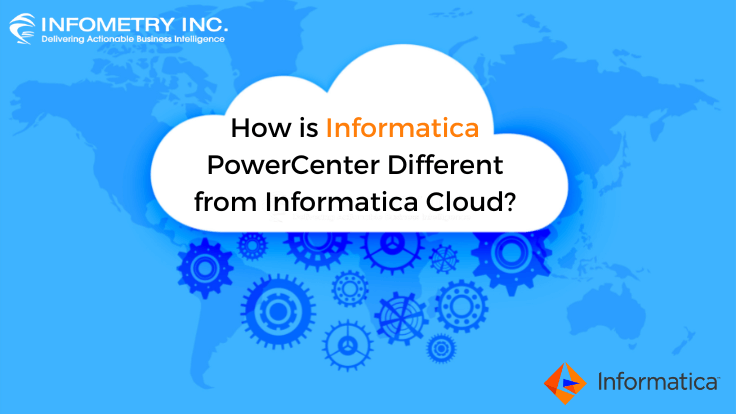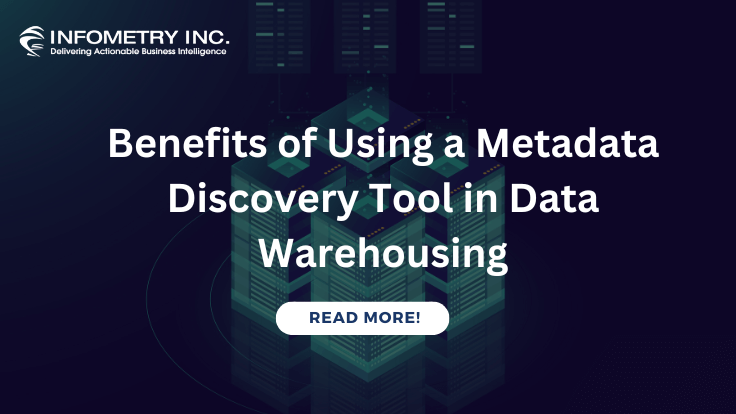
Top 5 Reasons to Choose MuleSoft over Your Old Integration Platform
November 18, 2022
How is Informatica PowerCenter Different from Informatica Cloud?
November 23, 2022Power BI and Tableau are the most well-known and discussed tool in the BI business. They have set up a good foundation for themselves as business leaders. People keep confused between the two and don’t know which one to install. We are here to let you know the benefits you will have if you pick Power BI over Tableau. Both tools have been developed, upgraded, and adapted since their first release.
Let us see the comparison and understand what advantages we get when we choose Power BI over Tableau.
What is Tableau?
Tableau is a robust visual analytics tool used in the business intelligence industry. This tool empowers associations to utilize information to analyze gigantic volumes of data and solve issues. By making individuals and associations more data-driven, Tableau acts as a solid and natural intuitive analytics platform.
What is Power BI?
Power BI is an intelligent and adaptable data visualization software used for information representation and business intelligence. It has a technology-driven suite that comprises applications, software, connectors, and services. Created by Microsoft, Power BI tracks down its application in enterprises for making and publishing BI reports.
Here are the significant differences between Tableau vs PowerBI
Tableau |
Power BI |
| It can deal with a large volume of data with improved performance. | Power BI can handle a restricted volume of data.
|
| Tableau is known for its data visualization feature. The users can use 24 unique types of visualizations in Tableau. | PowerBI offers several data points to handle data. Its Visualization. Lt is providing over 3500 data points to drill down the dataset. |
| Tableau has exceptional customer support. It offers a large community forum for discussions. | Power Bl offers limited customer support with a free Power Bl account. However, with the paid version, users will get faster help than with the free version. |
| Tableau works best when there is huge data in the cloud. | It does not work better with a massive amount of data. |
| Analysts and experienced- users primarily use it for their analytics purposes. | Both naïve and experienced users use it. We can modify the loaded data in Power BI using the Power Query option. |
| Tableau is a little complex. | Power BI Interface is very simple to understand. Users can view the dashboards in Mobile App also in Power BI
|
| The data can be stored by using the Tableau server. | Power BI concentrates more on reporting and analytical modelling than storing data.
|
| Suitable for medium & Large types of organizations.
|
Suitable for Small, medium & large types of organizations.
|
| Tableau deploys MDX for measures and dimensions. | Power BI uses DAX for calculating and measuring columns.
|
| Tableau can connect to numerous data sources. | Power BI connects limited data sources while increasing its data source connectors in monthly updates. |
| Embedding report is a real-time challenge in Tableau. | Embedding report is easy with Power BI. |
To help you choose between Microsoft Power BI and Tableau, we have highlighted their pros and cons in the next section.
Microsoft Power BI – Pros
Affordability
Power BI desktop with all abilities, aside from publishing, is free. Small enterprises can make ideal usage of the same. Also, at minimum payment, you can likewise get publishing freedoms.
Custom Visuals
Aside from ordinary visuals accessible in Power BI, one can also import custom visuals. Thus, offering improved alternatives in contrast to the default ones.
Microsoft Fraternity
Being a Microsoft product, it has strong community support, and you can interface your dashboard with all MS programming. Each month, there’s another update based on user experiences.
Excel Integration
One more excellent feature of Power BI is the capability to save information to Excel. Regardless of how excellent a data visualization tool is, people still want to place the data in Excel to do their own examination. Power BI makes this very simple.
Power BI Embedded
Power BI Installed is another positive aspect of Power BI. Utilizing this solution, an application engineer can insert or incorporate Power BI reports and elements into web-based or other applications. By utilizing this, we can add Power BI visuals and reports to emails or websites to expand its reach to users.
Microsoft Power BI – Cons
Large Database
Power BI Desktop file (.pbix) can’t surpass the size furthest reaches of 1 GB. Therefore, on occasion, utilizing this tool can be challenging for large datasets and entities.
Difficult to Master
To use all the features of Power BI, analysts should know about relational datasets like MS-SQL, Oracle, etc. And also requires the knowledge of functional languages like DAX.
Tableau – Pros
Remarkable Visualization Capabilities
Tableau can convert unstructured data into comprehensive results with its clean designs and outlines.
Large Datasets
Since it tends to be associated with various sources and has no data points restrictions, Tableau is impeccably customized for large organizations dealing.
Tableau – Cons
High Cost
It’s significantly more costly than other BI tools like Prophet, IBM, Power BI, etc. The pricing is both confounded and inflexible.
Security Issue
Utilizing its free version is essential for sensitive information because the dashboards get published on Tableau’s visualization gallery.
Installation Issue
However, it tends to be installed in all IT landscapes, but the process isn’t smooth.
Which is better?
From the above Microsoft Power BI versus Tableau debate, it is feasible to sort out which tool will help better, considering our necessities. If you are hoping to outfit your Association with analytical power across the business at pace and with clear outcomes, you will probably incline toward Power BI over Tableau, as Tableau isn’t as easy to understand and requires more effort to learn. Thusly, Power BI wins regarding the speed of organization, ease of use, and usability. However, as far as data visualization, Tableau is the sought-after one. We have discussed our findings on Power BI versus Tableau’s pros and cons. Obviously, there are numerous different choices that you can pick from when it comes to BI tools for your business. But, at this point, you have acquired sufficient data to choose either Power BI or Tableau, depending on your necessities.




